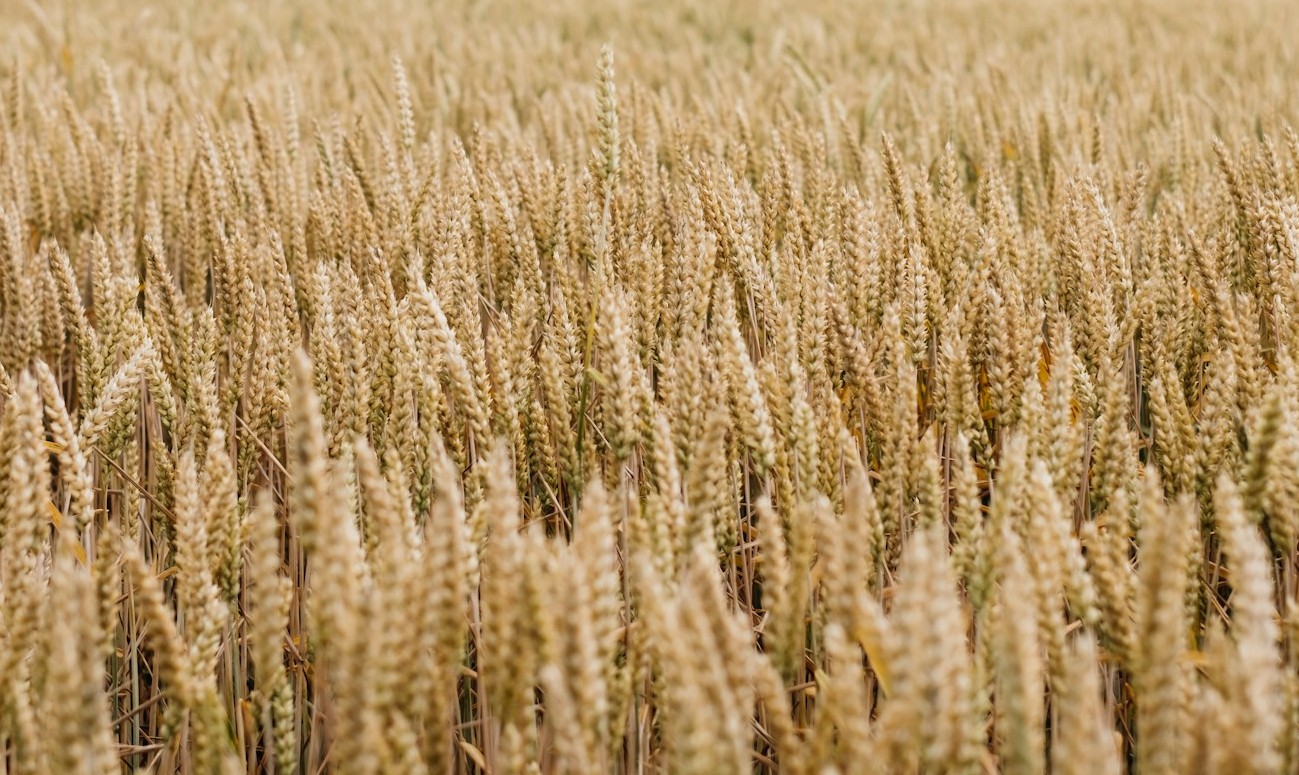Casablanca – Despite calls for boycotts, Morocco continues to stand out as a leading producer of strawberries. As of 2024, the country ranks among the top ten globally in terms of strawberry production volume. However, its performance in terms of export value does not exhibit particularly noteworthy figures.
Strawberries hold a special place in the hearts of many nations. According to data from World Population Review, Morocco is positioned among the top ten largest producers of this fruit, annually yielding 166,955 tons of strawberries. This accomplishment solidifies Morocco’s status as a prominent player in the global strawberry market.
The demand for strawberries worldwide is steadily increasing, with China, the United States, and Egypt leading the charge as the top three producers globally. In the past year alone, China produced a staggering 3,336,690 tons of strawberries, maintaining its long-standing dominance in this sector since 1994. The United States followed closely with 1,055,963 tons, securing its position as the second-largest producer. Egypt, surpassing Mexico, claimed the third spot by producing 597,029 tons, while Turkey trailed closely behind with 546,525 tons. Spain, Brazil, Russia, Poland, and Morocco round out the top producers, each contributing between 272,550 and 166,955 tons of strawberries annually.
Agricultural experts note a growing trend of increased strawberry cultivation worldwide to meet rising global demand for this fruit, ranked as the 19th most popular worldwide. Despite robust production in these leading countries, unpredictable weather patterns and catastrophic climate events have adversely affected strawberry yields, leading to supply shortages in various regions. The delicate nature of strawberries necessitates precise harvesting schedules and immediate refrigeration for shipping, restricting their distribution without adequate logistical support.
In China, for instance, three provinces—Hebei, Shandong, and Liaoning—account for over 60% of the nation’s total strawberry production. Similarly, California dominates strawberry cultivation in the United States, with 90% of the country’s strawberries originating from its fields, supplemented by smaller yields from Florida, Oregon, North Carolina, and Michigan. In Egypt, key strawberry-producing regions include Ismailia, Beheira, and Qaluobia.
Strawberries typically ripen in early summer in temperate zones of the northern hemisphere. Equatorial regions enjoy longer growing seasons, ensuring a continuous supply with adequate refrigeration and transportation infrastructure. As a result, strawberries from regions like Mexico remain available in northern U.S. markets throughout the winter months.
Strawberries belong to the rosaceae family, alongside blackberries, peaches, apricots, and cherries, and are celebrated for their versatility and nutrient-rich profile. Eight strawberries provide more vitamin C than an orange and boast substantial levels of potassium, manganese, iron, calcium, magnesium, folate, and antioxidants. With a low glycemic index, strawberries offer a nutritious snack without causing significant blood sugar spikes for most individuals.
















